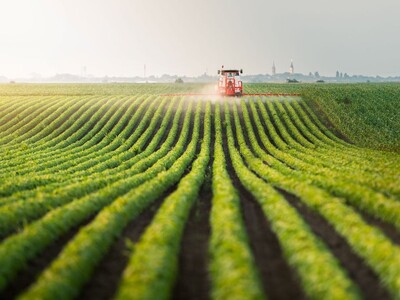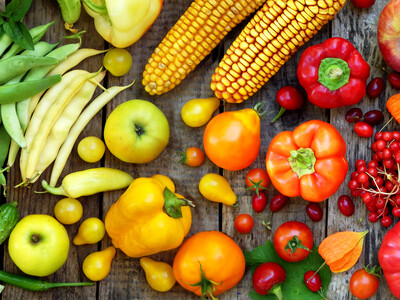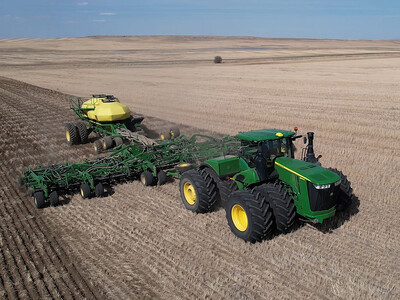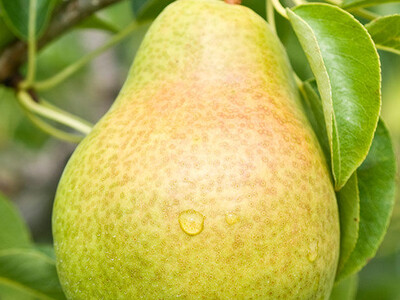Soil Health: The Key to Profitable Yields

Lorrie Boyer
Reporter
“Soil health can be described as the medium for plants and microbial life, not just for the measuring aspect of it just looking at soil health in general. You know, we look at what's in the soil. So soil has chemical properties, and it has biological properties, biological properties representing fungi, bacteria, protozoa, arthropods, all those make up a healthy soil, physical properties being the nutrients NPK the micros, pH, calcium, magnesium organic matter, and then the actual clay contents or sand content”
As farmers scout fields this summer, he explains how they can tell whether or not they are working with healthy soil.
“The roots look healthy. Are they a white fibrous Look, do they have a lot of hairs on them? Also looked for puddling in the fields as the water being percolated through the soil like it's supposed to, or is it standing in places where it shouldn't?”
Schneider says companies like his can help make fertilizer recommendations based on soil sampling. Additionally, he recommends using cover crops for problematic areas and then conduct in-season follow-ups.
















